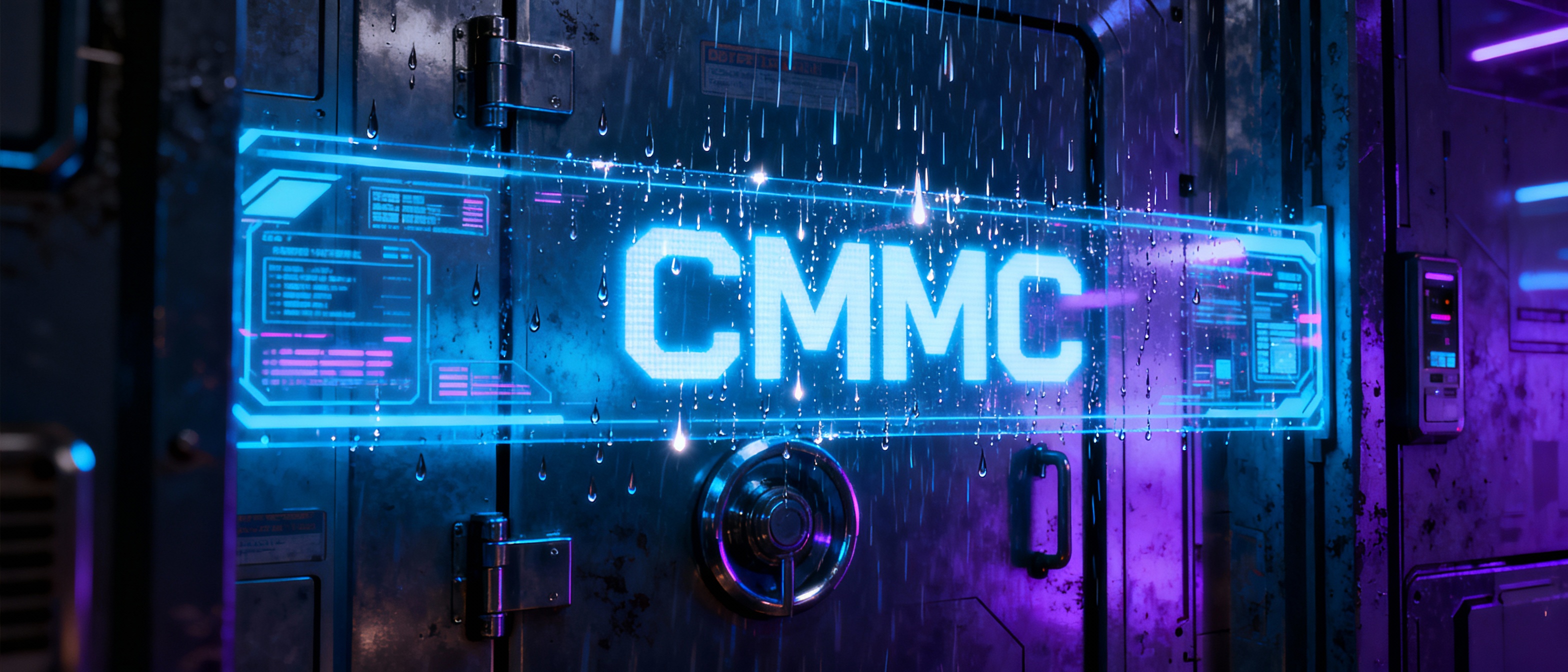As we reach the halfway point of 2025, the cybersecurity realm has undergone dramatic shifts that demand immediate attention from security professionals worldwide. The first six months of this year have revealed unprecedented changes in attack methodologies, threat actor sophistication, and the integration of artificial intelligence into cybercriminal operations. This comprehensive review examines the most significant developments and provides strategic guidance for adapting security postures in the second half of 2025.
The AI Revolution in Cybercrime
Multi-Agent Attack Systems
The most transformative development in 2025 has been the emergence of coordinated AI agents capable of conducting reconnaissance, identifying vulnerabilities, and executing full attack chains autonomously. These multi-agent systems allow threat actors to scale operations, adapt in real time to defensive measures, and continuously refine their tactics based on live feedback from targeted systems. Unlike traditional automated tools, these AI systems demonstrate learning capabilities that enable them to bypass evolving security controls.
Hyper-Personalized Social Engineering
Cybercriminals now use generative AI to create hyper-personalized, linguistically flawless phishing campaigns that easily bypass legacy filters. These messages leverage publicly available data and behavioral patterns to appear authentic—even to trained professionals. The sophistication has reached a point where over 75% of Business Email Compromise attacks now employ session hijacking or Adversary-in-the-Middle tactics, often bypassing multi-factor authentication.
Deepfake Weaponization
Deepfake technology has become particularly dangerous, with threat actors generating convincing audio, video, and text-based impersonations of executives, colleagues, or trusted third parties to deceive victims into transferring funds or disclosing sensitive information. The accessibility of this technology has democratized advanced social engineering capabilities, making sophisticated impersonation attacks available to lower-skilled threat actors.
Ransomware Evolution and New Tactics
The Rise of Encryption-Less Extortion
A significant tactical shift observed in Q1 2025 is the increasing adoption of encryption-less extortion tactics. Ransomware groups are emphasizing data theft and public exposure threats without employing traditional encryption methods. This approach significantly reduces operational complexity and accelerates adversaries’ capability to pressure victims by immediately threatening sensitive data leaks. Notable examples include Cl0p ransomware’s extensive exploitation of vulnerabilities in Cleo Managed File Transfer, resulting in substantial breaches with swift ransom demands despite frequently not encrypting victim files.
Emerging Ransomware Groups
Several new ransomware groups have emerged with sophisticated capabilities. FunkSec operates with a hybrid model blending Ransomware-as-a-Service and hacktivist elements, rapidly establishing itself with at least 10 confirmed incidents in Q1 2025. The group’s innovative malware utilizes artificial intelligence to employ intermittent encryption and sophisticated code obfuscation techniques, effectively bypassing traditional security controls.
Lynx accelerated its operations throughout Q1 2025, publicly claiming 148 incidents with approximately 30% targeting industrial sectors, primarily manufacturing and transportation. This highlights a strategic emphasis on industrial organizations for ransom extortion.
AI-Enhanced Phishing Campaigns
Ransomware groups increasingly leverage advanced AI tools to orchestrate sophisticated phishing campaigns, significantly boosting both precision and effectiveness. These AI-crafted campaigns exhibit enhanced personalization and context-aware messaging, significantly improving attackers’ ability to deceive employees and bypass traditional email security controls.
Supply Chain Vulnerabilities Reach Critical Mass
The Interconnected Risk Web
Supply chain interdependencies have emerged as the leading factor in cybersecurity complexity for 2025, with 54% of large organizations identifying supply chain vulnerabilities as the primary barrier to cyber resilience. The World Economic Forum’s Global Cybersecurity Outlook 2025 identifies this as the top ecosystem cyber risk.
The Cyber Equity Gap
While large organizations have recorded increases in cyber resilience over 2024, smaller organizations continue to bear the weight of inequity, with 35% stating insufficient cyber resilience. This creates a dangerous situation where ecosystem resilience is determined by its weakest link.
Critical Statistics
Only 13% of businesses review the cybersecurity risks posed by their immediate suppliers, and just 7% review their wider supply chain. This lack of oversight creates significant vulnerabilities as cybercriminals specifically target the complexity of today’s supply chains, comprised of multiple vendors, manufacturers, and third-party organizations with access to centralized data and systems.
Nation-State Activity Intensifies
Advanced Persistent Threat Evolution
Nation-state affiliated actors are leveraging advanced AI systems to automate vulnerability discovery and exploit development. State-sponsored threat actors, particularly from China and Iran, are using AI to revolutionize both attack and defense capabilities. This shift marks a fundamental change in the threat landscape, requiring corresponding evolution in defense strategies.
Geopolitical Cyber Warfare
State-sponsored ransomware is on the rise, with governments allegedly using ransomware to attack rival nations’ infrastructure. Energy grids, hospitals, and financial institutions remain top targets. The intersection of geopolitical tensions and cybercrime has created a more volatile and unpredictable threat environment.
Zero-Day Exploitation Accelerates
Hours, Not Days
Zero-day vulnerabilities remain a significant risk, especially for edge devices such as VPNs and firewalls. The rapid pace at which these vulnerabilities are now exploited is alarming — historically taking weeks or days, cybercriminals can now weaponize these vulnerabilities within hours of discovery. This acceleration increases the urgency for businesses to prioritize patch management and enhance monitoring to detect unauthorized access.
Cloud and API Security Challenges
Misconfiguration Crisis
Gartner’s analysis reveals that through 2025, 99% of cloud security breaches will stem from preventable misconfigurations and inadequate access controls — not provider infrastructure weaknesses6. The proliferation of APIs has created new attack surfaces, with 60% of organizations lacking adequate API security measures.
Multi-Cloud Complexity
With organizations increasingly relying on multi-cloud infrastructures, cybercriminals are turning their attention to this lucrative target8. Cloud environments feature prominently in threat predictions, with anticipated rises in cloud-specific vulnerabilities being exploited.
Key Threat Actor Adaptations
Specialization in Cybercrime-as-a-Service
Fortinet’s 2025 Threat Predictions Report highlights a marked evolution in how cybercriminals operate, with increasing specialization within the cybercrime-as-a-service marketplace. Once generalists offering all-inclusive attack kits, many CaaS providers are now narrowing their focus to specific stages of the attack chain, such as reconnaissance or payload delivery.
Law Enforcement Impact
Law enforcement crackdowns have acted as a deterrent for large targets, including the probable disbanding of Black Basta after concerns about law enforcement scrutiny. However, groups continue to target small and medium enterprises who might not have the same resources to protect their digital infrastructure.
Strategic Recommendations for H2 2025
Immediate Actions (Q3 2025)
Implement AI-Powered Defense Systems
Organizations must leverage AI-driven automation to fight back against AI-powered attacks. AI-powered security tools can process vast amounts of data, detect anomalies, and respond to threats in milliseconds — something impossible for human analysts alone. Deploy behavioral analytics tools that analyze historical data to establish baselines of normal activities for users, applications, and devices.
Enhance Supply Chain Security
Conduct comprehensive cybersecurity risk assessments of immediate suppliers and wider supply chain partners. Establish stringent supplier security controls and conduct regular audits to mitigate supply chain risks. Choose supply chain systems vendors with proven records of maintaining stringent cybersecurity protocols.
Accelerate Zero-Day Response Capabilities
Implement automated patch management systems and enhance monitoring capabilities to detect unauthorized access attempts. Develop rapid response protocols that can address zero-day exploits within hours rather than days.
Medium-Term Strategic Initiatives (Q4 2025)
Deploy Zero-Trust Architecture
Adopt Zero-Trust architecture with continuous verification and robust access controls. Implement least privilege access policies, ensuring users only access data and systems necessary for their roles. Leverage micro-segmentation to contain potential breaches, isolate compromised areas, and prevent lateral movement across networks.
Strengthen Multi-Factor Authentication
Upgrade to more secure MFA systems using physical hardware tokens or biometric verification. Even if passwords are compromised, advanced MFA provides critical protection against unauthorized access.
Enhance Cloud Security Posture
Implement API gateways, rate limiting, and real-time threat detection6. Enforce least-privilege access and continuous verification in cloud environments6. Leverage SIEM XDR solutions to detect and respond to emerging threats.
Long-Term Resilience Building (2026 Planning)
Invest in Cybersecurity Talent Development
Address the critical skills gap by investing in ongoing training and cybersecurity education programs. The human element remains crucial as AI augments but doesn’t replace human expertise in cybersecurity operations.
Develop Quantum-Ready Security
Begin planning for post-quantum cryptography implementations as quantum computing threats loom on the horizon. Organizations should start evaluating quantum-resistant encryption methods and developing migration strategies.
Build Collaborative Defense Networks
Establish partnerships with industry peers, threat intelligence sharing organizations, and law enforcement agencies. Collaborative defense approaches are becoming essential for combating sophisticated, coordinated attacks.
Measuring Progress and Effectiveness
Key Performance Indicators for H2 2025
-
Mean time to detection (MTTD) for AI-powered attacks
-
Supply chain security assessment completion rates
-
Zero-day vulnerability patching timeframes
-
Employee security awareness training effectiveness scores
-
Incident response plan execution times
Continuous Improvement Framework
Implement quarterly threat landscape assessments to adapt strategies based on emerging threats. Establish red team exercises that specifically test defenses against AI-powered and supply chain-based attacks. Create feedback loops between security operations and business leadership to ensure alignment on risk tolerance and resource allocation.
Summing It Up
The first half of 2025 has demonstrated that cybersecurity isn’t just a technical challenge — it’s a business resilience issue that requires board-level attention and strategic investment. The convergence of AI-powered attacks, sophisticated supply chain targeting, and accelerated exploitation timelines demands a corresponding evolution in defenses.
Organizations that fail to adapt will find themselves increasingly vulnerable to attacks that are more personalized, more automated, and more damaging than ever before. The second half of 2025 represents a critical window for implementing the strategic recommendations outlined in this review.
Success in this environment requires moving beyond reactive security measures to predictive, intelligence-driven defense systems that can adapt to evolving threats in real-time. The organizations that thrive will be those that view cybersecurity not as a cost center, but as a business boon that powers security and growth.
Cyberthreats in 2025 are complex and challenging, but not insurmountable. With proper planning, investment, and a commitment to adaptation, organizations can build resilient cybersecurity postures that protect against both current threats and the emerging challenges on the horizon.



